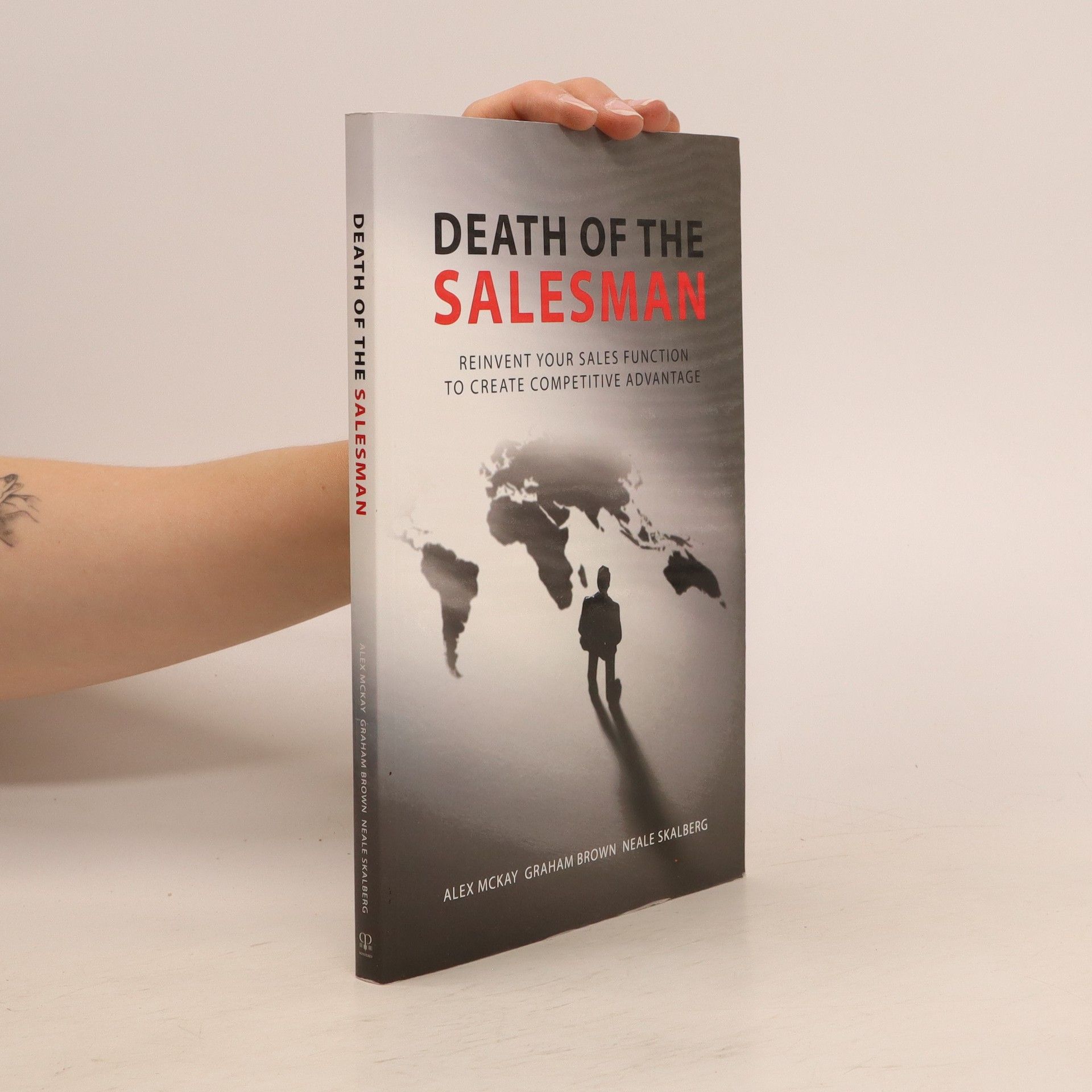Death of the Salesman
- 170 stránek
- 6 hodin čtení
How to minimise cose and create global competitive advantage. It doesn't make sense. Around the globe many organisations outsource all or part of their sales function and enjoy significant competitive advantage by doing so. Why is it then - and research commissioned for this book has confirmed this quantitatively - that the sales function is the least likely business function to be outsourced? The way most businesses approach their sales function has remained largely stagnant. Meanwhile, other areas of business have been reinvented over and over. Where other functions - information technology and logistics, for instance - are frequently outsourced in order to access benefits including flexibility, expertise and cost savings, the sales function is more often than not kept in-house. In Death of the Salesman, we argue that this situation offers a significant potential source of competitive advantage for those firms willing to look beyond 'the way we do things around here'. The sales function is ripe for reinvention - this book shows you how this reinvention can be achieved.
